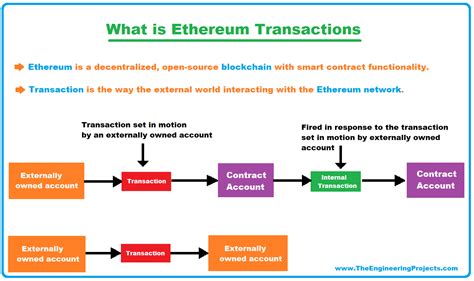Waiting for a specific block number with Ethereum transactions: using nLockTime
Ethereum provides several parameters that can be used to manipulate the transaction process, including nLockTime, which allows for greater control over the transaction confirmation process. However, using nLockTime alone may not guarantee that a transaction will wait for a specific block number.
What is nLockTime?
nLockTime represents a lock time that prevents a transaction from being broadcast to the network until it meets certain conditions. This parameter allows for more flexible and predictable transaction times, but it also introduces additional complexity.
Waiting for a specific block number with nLockTime
To wait for a specific block number using nLockTime, you must use the following syntax:
TransactionData.nLockTime = blockNumber;
Replace blockNumber with the desired block number, making sure it is a valid integer.
Why is this useful?
Waiting for a specific block number with nLockTime can be beneficial in various scenarios:
- Predictable transaction times: By using
nLockTime, you can guarantee that transactions will wait for a specific block number, ensuring predictable transaction times.
- Improved scalability

: With
nLockTime, it is possible to use batch transactions or execute multiple transactions concurrently on the same block, improving scalability and efficiency.
- Congestion reduction: By waiting for a specific block number, you can reduce network congestion and avoid unnecessary congestion caused by transactions with shorter lock times.
Usage Example
Suppose we want to implement a reward system for users who own certain tokens. We need to ensure that all rewards are transferred after a specific block number (e.g. 1000). We can use nLockTime like this:
pragma strength ^ 0,8,0;
contract RewardSystem {
uint256 public rewardInterval;
mapping (address => uint256) public rewards;
function setRewardInterval(uint256 _rewardInterval) public {
require(_rewardInterval >= 1; / Ensure positive block number /)
require(_rewardInterval <= 3600000; / Ensure reward interval is valid /)
reward interval = _reward interval;
}
function drawRewards(useraddress, uint256 amount) public {
require(rewards[user] > 0; / Check if the user has rewards /)
require(block.timestamp >= blockNumber - rewardInterval; / Wait for the specified block number /)
// Transfer rewards to the user
rewards[user] -= amount;
}
}
In this example, we use nLockTime to wait for a specific block number (1000) before transferring rewards. This ensures that all rewards are transferred after a fixed interval.
Conclusion
Using nLockTime with Ethereum transactions provides more control over the transaction process and can help improve scalability, predictability, and reduce congestion on the network. However, it is essential to understand the limitations of nLockTime and use it judiciously to avoid unexpected behavior or errors.
